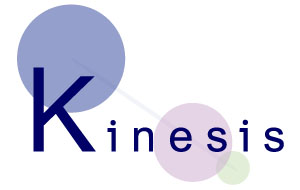A Rolfer (an accredited person who practices the Rolfing® method) seeks to find a personal path alongside their patient. Our job focuses on the reciprocal action of details.
It’s a matter of straightening from the depths of the body so that we are effortlessly upright instead of collapsing over. (The method for straightening in Rolfing® has nothing to do with the typical or classic way of: tightened gluteus, lumbar correction, and chest out, stomach in).
Rolfers not only work with connective tissue but they also work with breathing rhythm and the body’s responses. The balance of the fascial network is re-established by taking advantage of its tendency to keep the shape that is induced upon it from applying kinetic pressure, in other words, a force. A sequence of carefully carried out manipulations in the direction of symmetry and balance restores the length of fibres and tissues, which the architecture of the body so clearly demands.
In order to do this and avoid temporary results, the set of structures of the body is taken into consideration instead of just working on the injured areas or where symptoms are produced. Rolfers dedicate a part of each session to teaching more economical movements to each individual according to their structure and functionality.
Reading the body and exchanging dialogue is fundamental just as taking a good and personal medical record. A Rolfer is not interested in making superficial changes but rather changes that will give overall order to a person’s totality.
When the body’s segments align properly, this immediately improves the body’s performance.
These changes to the Structure and not just to posture (this is a huge difference with other body techniques) are due to the PLASTICITY of CONNECTIVE TISSUE and, more specifically, the FASCIAS.

